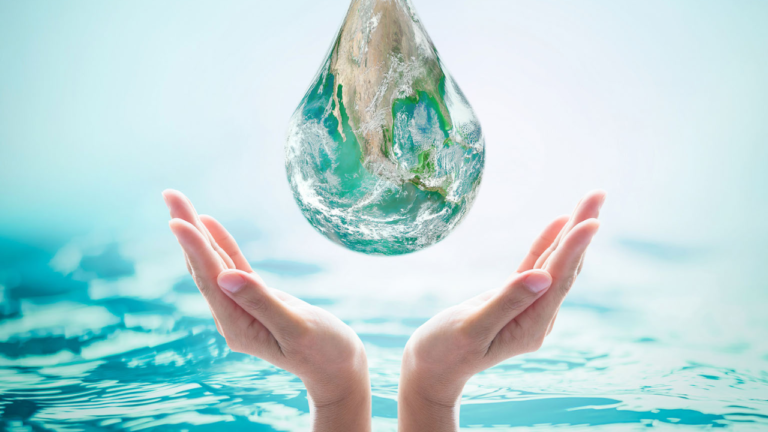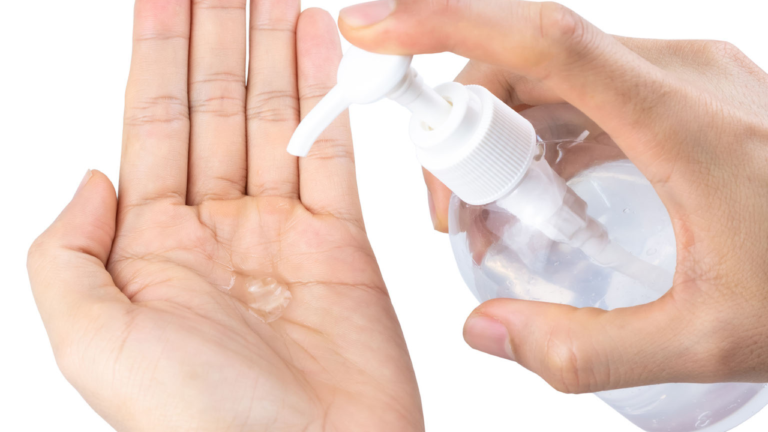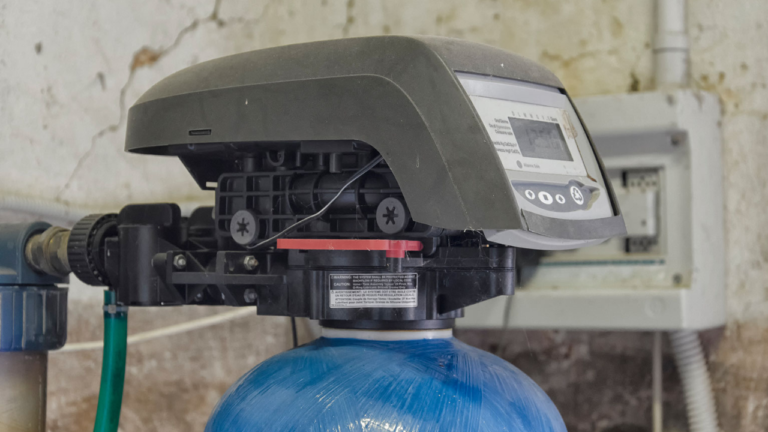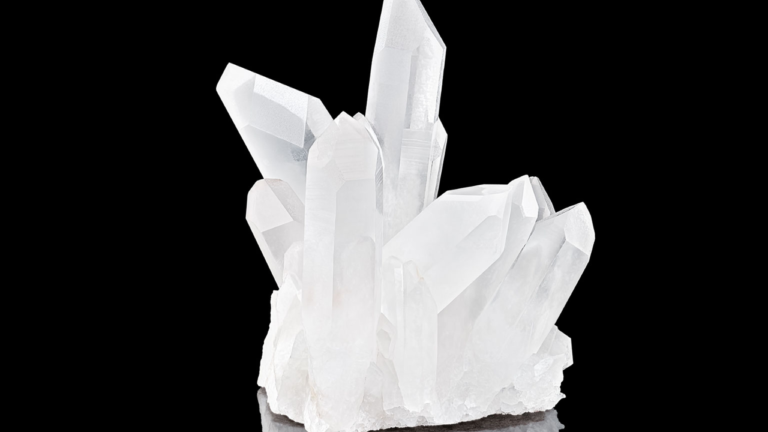Water Treatment Blog

AquaWarks: Providing Sustainable Water Treatment Solutions for a Better Future
As the world’s population grows and water demands increase, it’s essential to ensure that water is treated and managed sustainably. AquaWarks is a leading water treatment business committed to providing sustainable solutions to ensure access to clean water and sanitation for all.
Water treatment is the process of removing impurities and contaminants from water sources, making it safe for consumption and use. AquaWarks uses advanced treatment technologies and sustainable practices to ensure that our operations are environmentally friendly and cost-effective. By adopting these practices, we’re not only contributing to achieving global sustainability goals, but we’re also creating a positive impact on the communities and environment where we operate.
At AquaWarks, we understand the importance of protecting public health and the environment. Our team of experts works tirelessly to ensure that our clients have access to safe and reliable water. We provide a range of services, including water treatment, wastewater treatment, and water reuse solutions, to help our clients meet their unique needs and requirements.

Water Quality in Hand Sanitizer Production: The Key to Consistency and Disinfection Properties
In the current state of the world, the production of hand sanitizers, masks, and PPE continues to be an essential aspect of the fight against COVID-19. Many microbusinesses and plant changes of companies like distilleries, chemical blenders, and compounders have entered the contract manufacturing of these products, which were once dominated by a few players. This shift has created new opportunities for some and transformed lives for others.
Water quality is critical when making hand sanitizers. It is essential to ensure proper disinfection properties, consistency, and chemical balances in each batch’s ingredients. However, many people do not realize the differences in the quality of water required, even though they are making products used to protect the public.
The water used in hand sanitizer production must meet certain requirements, including:
Bacterial integrity must be less than 100 cfu/mL; this means the water should be very clean.
Total oxidizable or organic carbon (TOC) less than 500 ppb.
pH usually between 5-7.8 pH units, depending on the blends.
Conductivity should be high, with Megohm over 1, or about 1.1 microS/cm.
Although other common contaminants, such as hardness, iron, and alkalinity, are not explicitly listed, they can affect the water’s properties and, consequently, the sanitizer’s quality. For example, high alkalinity can affect pH and pull it out of specification, while hardness or metals can make conductivity go out of limits. Therefore, it is essential to account for these factors in designing and maintaining any water treatment system used for sanitizer production.
The most common treatments used to produce high-quality water for hand sanitizers include reverse osmosis, carbon filtration, sediment filtration, deionization, and UV disinfection. These treatments reduce total dissolved solids, chlorine, and other contaminants, polish water to the best quality, reduce trace elements, and reduce bacteria.
In addition to alcohol, other ingredients may be added to hand sanitizers, such as aloe, fragrances, conditioners, or coloring. These ingredients add additional complexity to the production process and may require additional testing to ensure the product’s quality.
In conclusion, the production of hand sanitizers is much more than just mixing alcohol and water. It requires high-quality water and careful attention to detail to ensure that each batch is effective in preventing the spread of COVID-19.

How to Save Money on Your Water Bill with Water Softener Salt Settings
Water softeners are great devices that can help homeowners save money on laundry, cleaning, and appliance life, among other things. However, there’s an even better way to save money with your water softener that most water treatment companies won’t tell you about: salt.
A standard household water softener typically uses one cubic foot (bag) of resin to soften water for a household. A good water softening resin can remove 30,000 grains of hardness, which is about 500,000 parts per million (ppm) of hardness-causing contaminants. For instance, a household with 10 grains of hardness, which is typical in many places, can handle about 3,000 gallons of water before regeneration, provided they use 15 pounds of salt every time the unit regenerates (which is the default setting on the unit).
However, if you change the salt setting to 10 pounds per cubic foot (that bag of resin), you can get around 2,700 gallons of soft water, which is almost 30% more than the default setting. Moreover, this reduces the cost of salt to $0.93 per 1,000 gallons of water, which is much lower than the $1.25 per 100 gallons under the default setting. So, even if you only regenerate your system once a week, you can save almost $50 a year.
There are even lower settings you can use that allow for some hardness leakage, which means the water won’t be completely soft. But, most people find that 2-3 grains of hardness are soft enough.
In conclusion, make sure to ask your salesperson how to make those changes to fit your budget and quality of water you want for your specific needs. By changing your water softener salt settings, you can save a lot of money on your water bill.

How to Differentiate Yourself and Your Water Treatment Company from the Competition
As a water treatment professional, you will likely encounter the question of how your company and services differ from the competition. While it’s important to differentiate yourself and your company, it’s crucial that you do so without speaking negatively about your competitors. Not only does it disrespect someone who cannot defend themselves, but it also makes the customer uneasy and reflects poorly on you.
Instead of speaking negatively about your competition, take a confident approach and say, “We have a different approach to how we do things, and I am confident you will be happy with our methods and service.” This shows that you are focused on the customer’s needs and how you can solve their problem to their satisfaction.
When doing a water test for a customer, make sure you are organized and make constant eye contact to gauge their interest and buying signals. Be thorough but honest in your testing, and become a trusted expert and messenger of information.
In addition to explaining how your company can provide a better solution, it’s important to emphasize the benefits of working with your company, such as price, quality, and service. Show the customer why they should trust you to provide them with the best value for their money.
Even if the customer doesn’t buy on the first call, don’t be afraid to ask for referrals. If they aren’t able to think of anyone, take it as a sign that there may be something you need to clarify or address before they make a decision.
Regardless of whether the customer makes a purchase or not, it’s important to sincerely thank them for their time and follow up with a thank-you note in the mail. This personal touch can go a long way in building trust and establishing a positive relationship with the customer.

The Importance of Understanding Water Analysis and Silica Treatment
Water treatment professionals are not always as knowledgeable as they may appear. Many of them cannot read a simple water analysis report from a municipality, and they may only know how to test for basic metrics such as pH and hardness. They may not be able to explain the difference between cations and anions in simple terms that their clients can understand.
When facing issues such as hard water and scale buildup, these professionals may recommend a water softener as a quick fix. However, many factors could be at play, and it’s not always hard water causing the issues. Discoloration and clogging can stem from other causes, and silica can mimic hard water without being removed by a regular water softener. Silica can also damage glassware, china, and plumbing fixtures at high levels.
Silica is a tricky element to treat, as it acts as neither an anion nor a cation, making it difficult to target with standard resins. Industrial settings may use anion resins requiring hot water to clean and backwash systems, while reverse osmosis (RO) systems may only reduce the level of silica instead of completely removing it. In household systems, a mixture of water softening resin and anion resin may be used, but this approach may have limited success. Selective ion resins, although expensive, can help in many cases.
Silica is typically tested at either a high or low level. Low levels range from 0-20 ppm or mg/l, while anything higher is considered a high level and is much more problematic for homes and businesses alike. It’s important to work with water treatment professionals who have a thorough understanding of water chemistry and the complexities of treating silica to ensure the best possible outcomes.

Understanding Water Treatment Technologies: Debunking Misconceptions and Choosing the Right System for Your Needs
The question that is often asked nowadays concerns the misrepresentation of water treatment technologies and the need to understand what they can and cannot do. The purpose of this article is to clarify the truth between these technologies and debunk any false claims used to push equipment.
When it comes to residential water treatment sales, most salespeople are paid on commission for the equipment they sell. This is not an issue as long as the information given is truthful, the recommended treatment is appropriate, and the price fits your budget.
If you are considering purchasing or renting a water softener or conditioner, it is important to understand what each technology can and cannot do before making a decision.
A water softener works by physically removing calcium, magnesium, manganese, iron, and other cations from the water to reduce the formation of scale caused by these contaminants. This is achieved through a process called ion exchange, where hard ions are exchanged for a corresponding number of soft ions or sodium.
While some people may claim that sodium is bad for you, the amount of sodium added to the water is usually less than what you would consume in a microwave TV dinner.
Water conditioners are often sold as softeners, salt-free softeners, or green water softeners, but none of these claims are true. Depending on the brand and style, water conditioners may be carbon filters, magnetic systems, TAC types, or similar.
Carbon filter types reduce chlorine in the water, which is an improvement for some people, but they do not soften the water in any way.
Magnetic systems can prevent scale buildup in systems where the water is in constant motion or use, but they have not been proven to soften water or provide the other benefits attributed to ion exchange water softening.
TAC systems use a media to capture and form nano crystals that break loose in turbulent flows and stay in solution, reducing the amount of scale formed by untreated water. While this is a small benefit, in my opinion, it should never cost as much or more than traditional water softening systems.
Capacitive deionization (CDI) is a newer technology that shows a lot of promise. Unlike the other technologies listed, CDI technology truly reduces hardness-forming contaminants from the water and can be tested and proven.
Water softening, reverse osmosis (RO), and CDI are the only widely used technologies that can be tested by a regular laboratory to prove their effectiveness in reducing scale-forming contaminants.
When considering which technology is right for you, it is important to note that water softeners have benefits that the others do not yet offer, such as longer life for fabrics and linens, better soap life and cleaning savings, and a possible reduction in eczema and psoriasis symptoms.
RO systems can be used in whole-house applications, but they require post-treatment steps to ensure that the likely acidic pure water does not affect plumbing materials it passes through. This treatment also requires storage, re-pressurization, pretreatment, and post-treatment to be successful, and the waste stream generated is usually in the 50% range.
CDI has some promising features for whole-house use as it reduces not only cations or hardness-forming contaminants but also anions such as chloride, nitrates, and nitrites. Unlike most RO systems, CDI does not require heavy pretreatment or post-treatment and does not use high-pressure pumps, making its operating costs lower. A standard system for a four-person home starts at around $10,000.
In conclusion, all of the listed technologies do reduce contaminants from water to some extent. Before buying any system, it is important to have your water properly tested and evaluated for the best technology for your family’s needs, not the needs of the salesperson.
